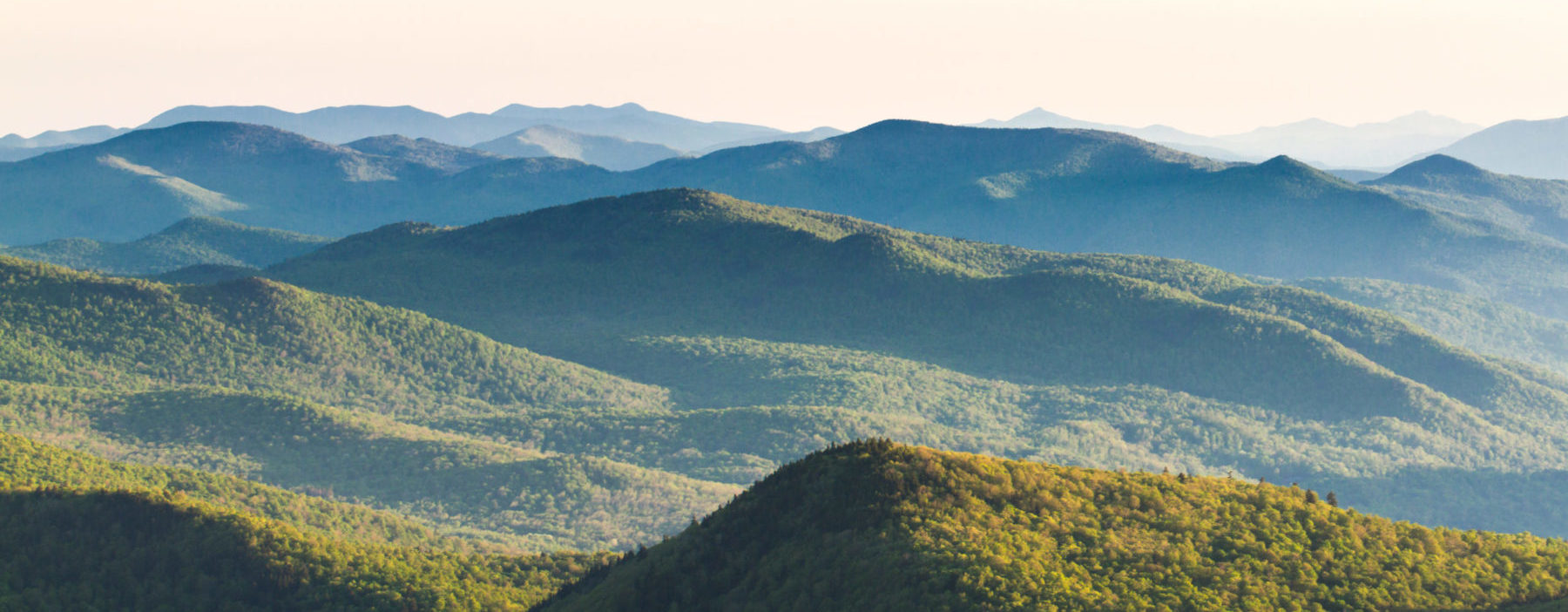Vermonters marvel at the life around us all the time. What if all those observations were shared online, creating a living record of biodiversity in Vermont that could be used to monitor changes and learn more about nature?
That’s the vision behind the Vermont Atlas of Life on iNaturalist.
For the uninitiated, iNaturalist is a crowd-sourced species identification app powered by artificial intelligence (AI). It allows people to snap photos of animals, fungi, and plants, and upload them for its AI to provide a match and for members of the iNaturalist community to identify. However, it is more than a live-action field guide. iNaturalist is also a social network for naturalists to record information on species, meet others with similar interests and learn.
These photos of plants, animals, and fungi (called “observations”) do more than help users learn about the life around them – they are also helping scientists map and monitor species’ distributions around the world. Once an observation reaches “research grade” status (obtains at least two concurring identifications) it gets shared to the Global Biodiversity Information Facility (GBIF). All of the data contained in GBIF is “open-source”, meaning that anyone can access and use it to write reports and inform conservation management decisions.
iNaturalist plays an important role in VAL’s quest to become the leading library of knowledge on life in Vermont. Through iNaturalist, we run a VAL project that actively consolidates all observations made in Vermont into one location. From there, we can track the number of species discovered, organize the data generated, and connect with visitors and Vermonters alike who are curious about plants and animals in the Green Mountain State. In just a few years, over 7,000 naturalists across Vermont have added over 365,000 observations.







